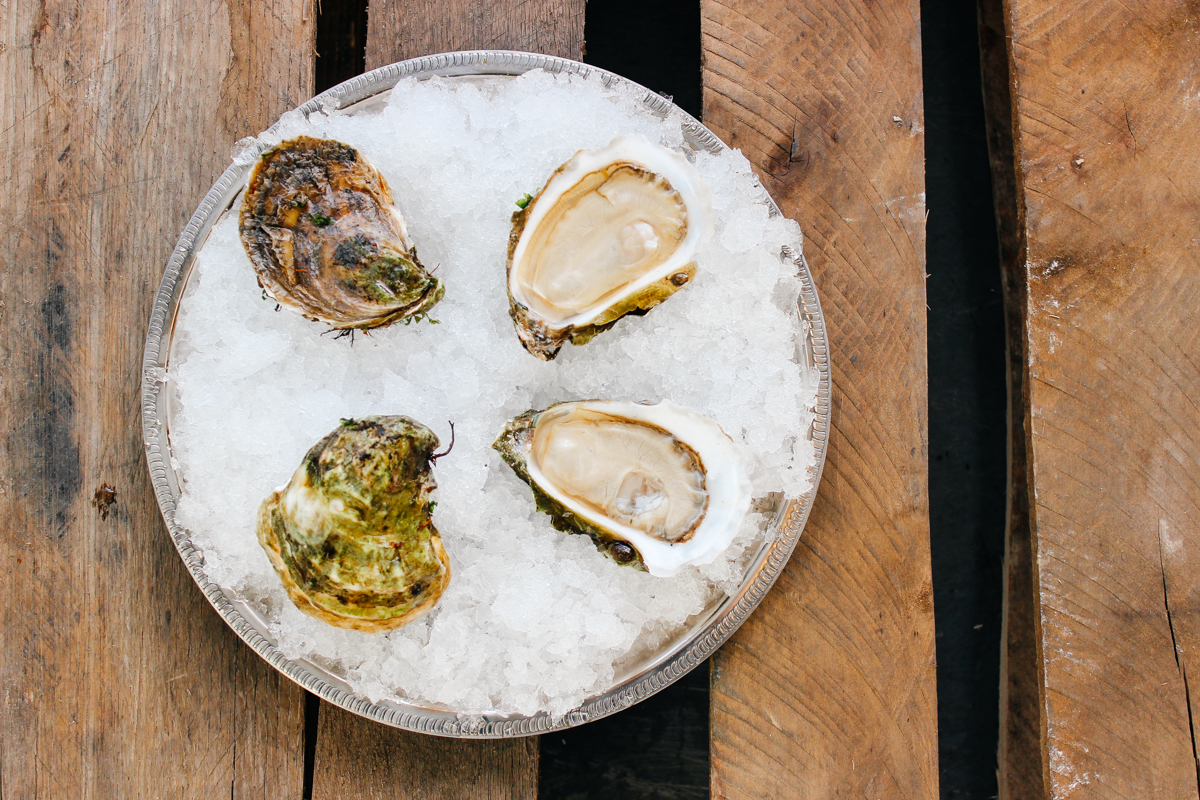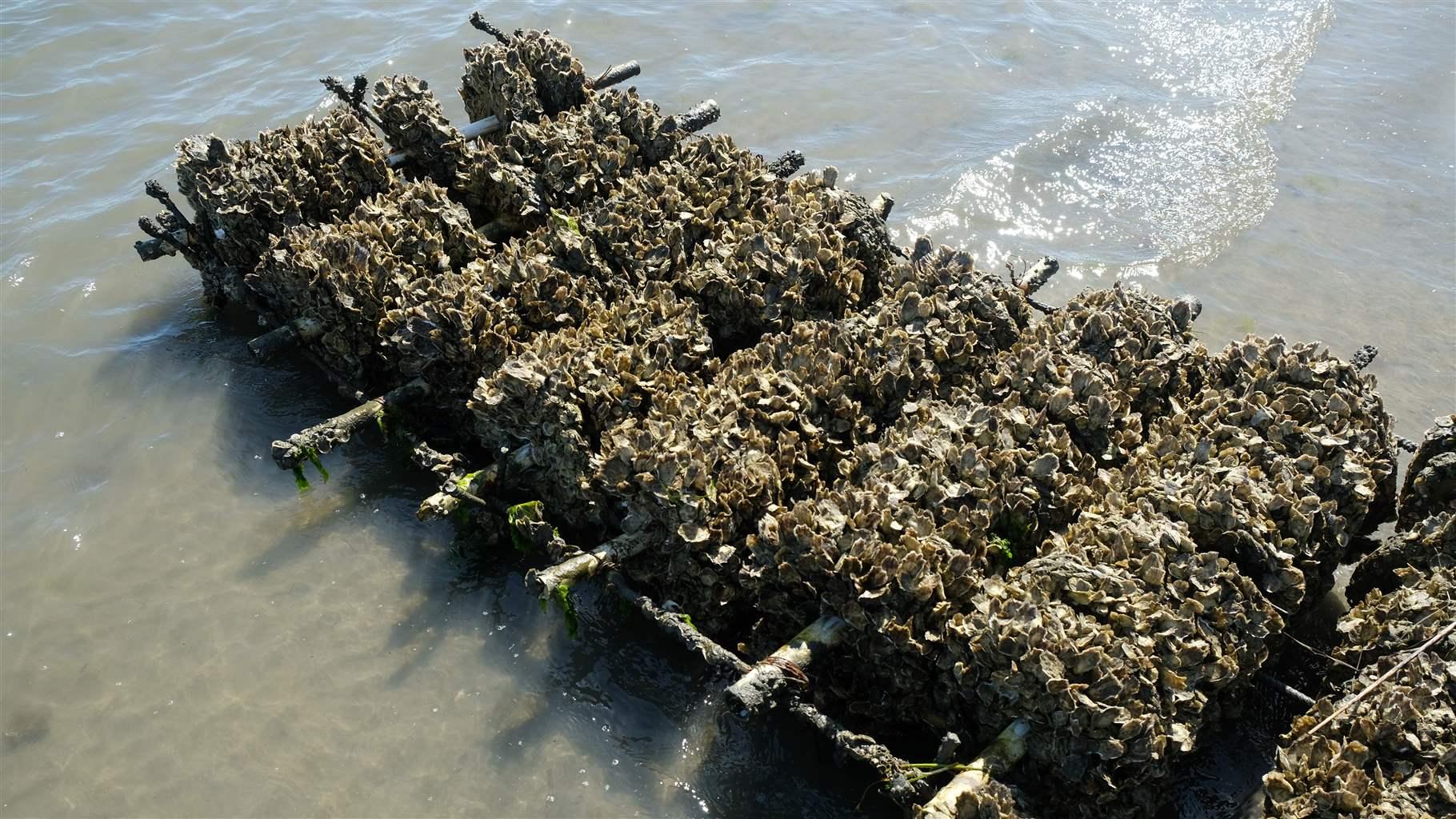

Some approaches use more complex techniques which include a stage in which propagules are reared in nurseries or aquaria to a size or age at which they are viable, when they are then planted or released at the site to be restored.
#Collect wild oyster spat manual#
Most restoration efforts have used relatively simple techniques, such as manual collection and direct planting or seeding. For other ecosystems, like seagrass meadows, kelp forests and coral reefs, propagules have not yet been widely used, but there is compelling evidence that they can be. Restoration of several of these ecosystems has long harnessed the unique properties of propagules, sometimes because they are simple to use (for example, planting propagules of some mangroves), and sometimes because we can draw on knowledge gained from other applications (for example using knowledge of oyster culture to restore bivalve reefs). Here, we briefly review life-histories of the main habitat-forming taxa of six coastal marine ecosystems: mangrove forests, tidal marshes, seagrass meadows, kelp forests, coral reefs and bivalve reefs. The likelihood of propagule survival - and so restoration success - depends on species- and context-specific knowledge to guide choices about appropriate methods to use. This will in turn rely on ensuring adequate supply and survival of propagules - for the main habitat-forming taxa of coastal marine ecosystems these are mainly fruits, seeds, viviparous seedlings, zoospores or larvae. Reversing the decline of coastal marine ecosystems will rely extensively on ecological restoration.


The maintenance process for four gardens typically takes about 30 minutes.Mathew A. This weekly maintenance enhances the oysters’ growth and prevents them from growing through the mesh, which would make them impossible to stock on the restoration reefs. Any predators are removed, and the gardens are returned to the water until the next week. Alabama gardens are also outfitted with a clipping system that allows the gardens to be quickly disconnected from their lines, allowing them to be easily moved to more convenient locations for cleaning.Īfter rinsing the fouling material from the oysters, gardeners inspect the gardens for predators including blue crabs, stone crabs, and oyster drills. Gardeners who do not have running water on their piers can rinse their oysters by rapidly raising and lowering the gardens at the water surface several times (figure 6). A water hose is helpful but not required.

Once each week, gardeners pull each of their gardens out of the water and rinse the mud, algae, and any other fouling material from them.
#Collect wild oyster spat full#
On average, each volunteer produces 250 to 300 oysters ready for planting per garden, with average site totals of approximately 1,100 per season.Ĭlick on images below to see the full image. Keeping the gardens off the bottom and away from pilings also better protects the juvenile oysters from predators including oyster drills. This increases the water flow through the garden, which brings more food and oxygen while removing wastes from the oysters and other inhabitants of the gardens (figure 5). The gardens are suspended from the gardeners’ piers so they remain off the bottom and away from pilings. During this time, the juvenile oysters grow from a few millimeters to more than 2 inches. As with the Chesapeake Bay program, the Mobile Bay program relies on volunteer gardeners from Mobile and Baldwin Counties who have piers located in conditionally open waters as classified by the Alabama Department of Public Health (figure 4).Įach gardener grows oysters in up to four gardens from late May to November or December.


 0 kommentar(er)
0 kommentar(er)
